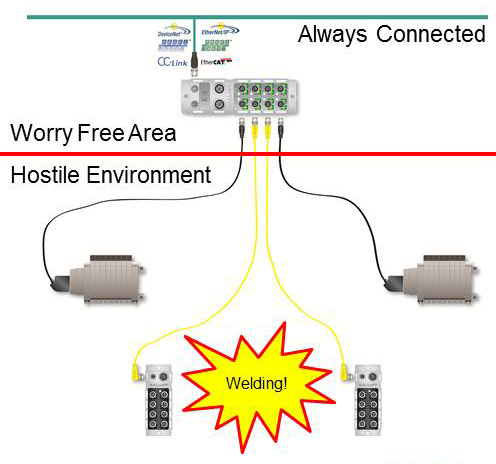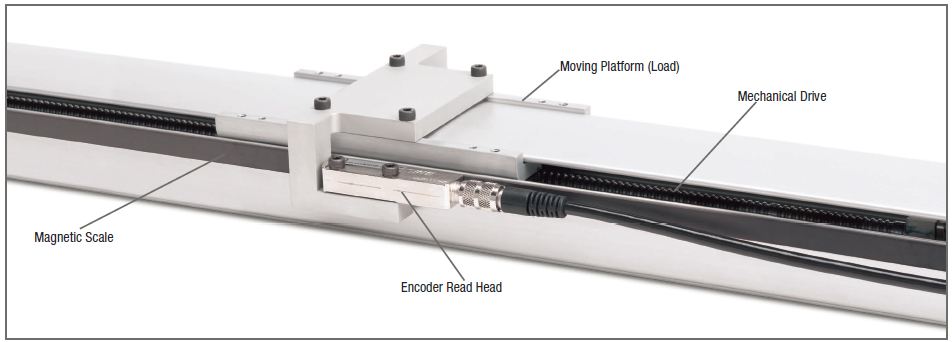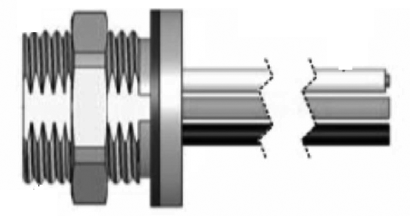It’s the worst when a network goes down on a piece of equipment. No diagnostics are available to help troubleshooting and all communication is dead. The only way to find the problem is to physically and visually inspect the hardware on the network until you can find the culprit. Many manufacturers have told me over the past few months about experiences they’ve had with down networks and how a simple cable or connector is to blame for hours of downtime.
 By utilizing IO-Link, which has been discussed in these earlier blogs, and by changing the physical routing of the network hardware, you can now eliminate the loss of communication. The expandable architecture of IO-Link allows the master to communicate over the industrial network and be mounted in a “worry-free” zone away from any hostile environments. Then the IO-Link device is mounted in the hostile environment like a weld cell and it is exposed to the slag debris and damage. If the IO-Link device fails due to damage, the network remains connected and the IO-Link master reports detailed diagnostics on the failure and which device to replace. This can dramatically reduce the amount of time production is down. In addition the IO-Link device utilizes a simple sensor cable for communication and can use protection devices designed for these types of cables. The best part of this is that the network keeps communicating the whole time.
By utilizing IO-Link, which has been discussed in these earlier blogs, and by changing the physical routing of the network hardware, you can now eliminate the loss of communication. The expandable architecture of IO-Link allows the master to communicate over the industrial network and be mounted in a “worry-free” zone away from any hostile environments. Then the IO-Link device is mounted in the hostile environment like a weld cell and it is exposed to the slag debris and damage. If the IO-Link device fails due to damage, the network remains connected and the IO-Link master reports detailed diagnostics on the failure and which device to replace. This can dramatically reduce the amount of time production is down. In addition the IO-Link device utilizes a simple sensor cable for communication and can use protection devices designed for these types of cables. The best part of this is that the network keeps communicating the whole time.
If you are interested in learning more about the benefits that IO-Link can provide to manufacturers visit www.balluff.us.











